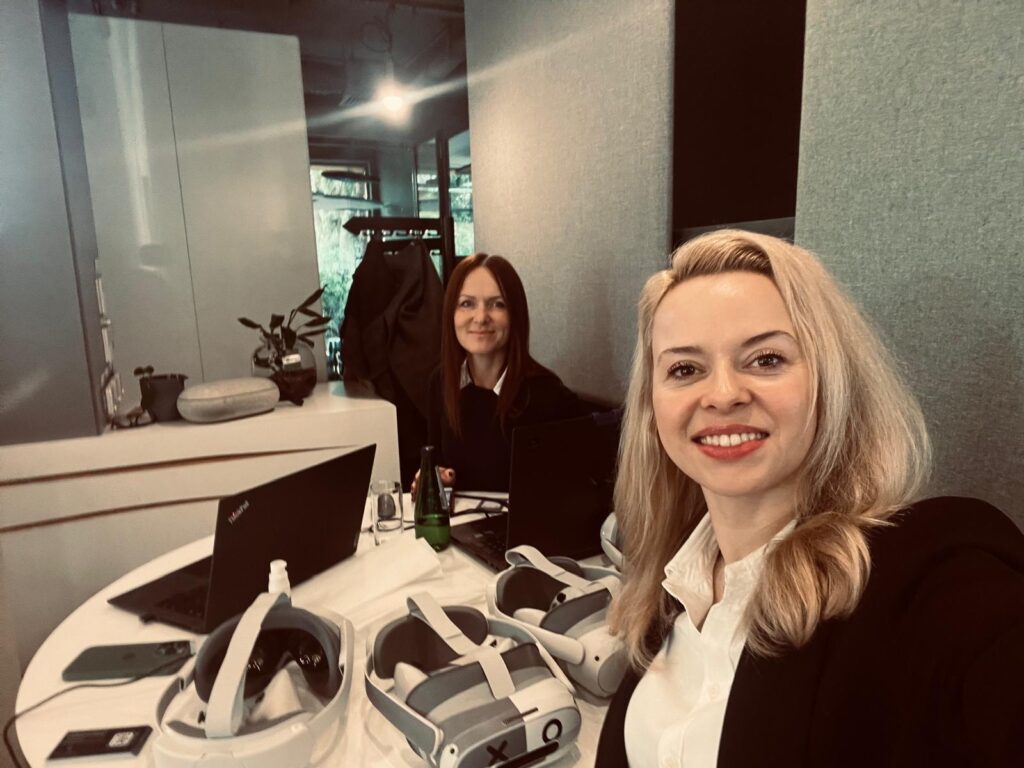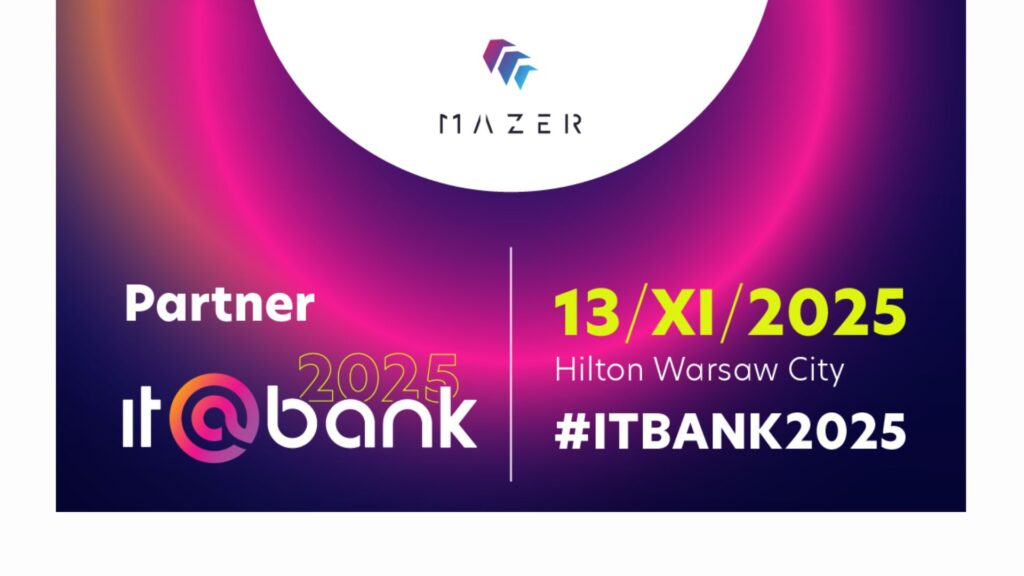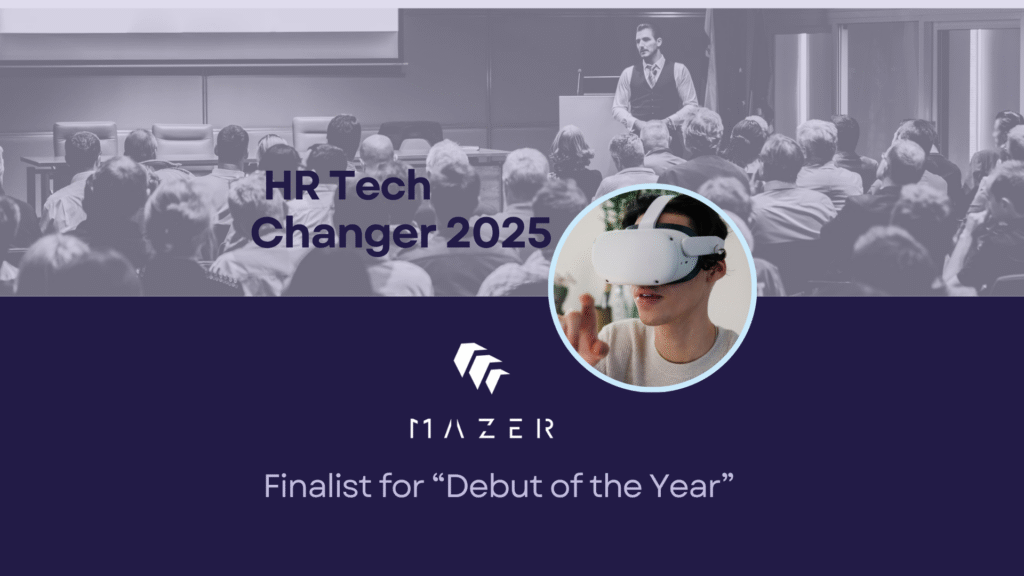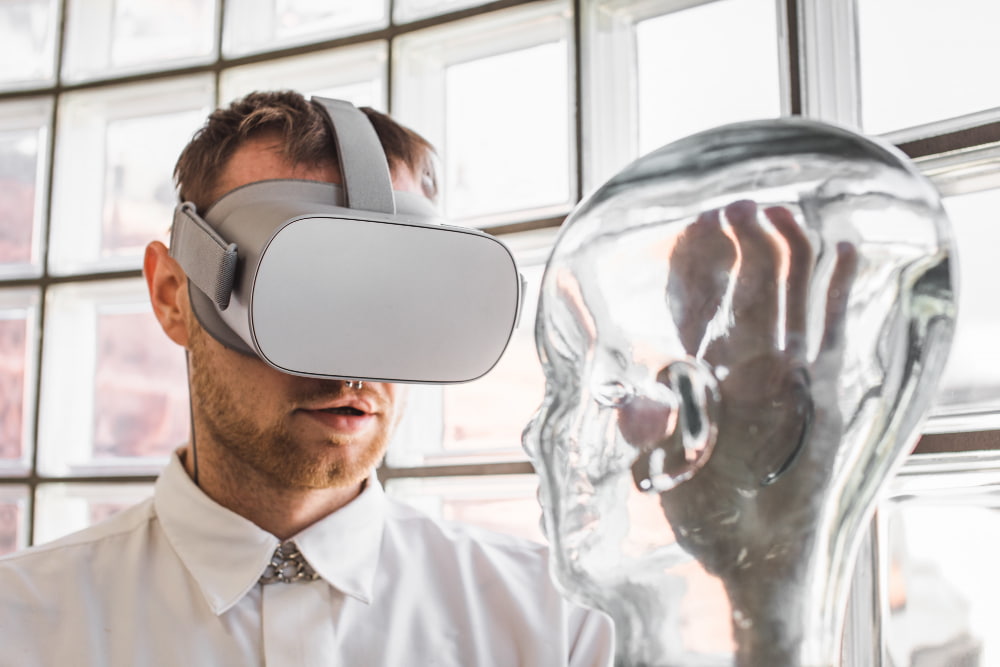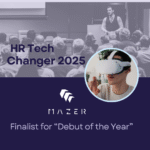How will 5G affect Augmented Reality and Virtual Reality?
Table of Contents:
The widespread deployment of 5G networks is expected to benefit the global economy. However, the fifth-generation network is also a harbinger of significant technological changes and their implementation in business. Will it also influence Virtual Reality and Augmented Reality? When it comes to AR and VR, should the 5G Internet be seen as an opportunity or a threat? More on this later in this article.
What is 5G?
5G is the latest cell phone standard. It is supposed to be a fast and reliable way to connect to the Internet and communicate with other users. Fifth-generation networks are expected to be better in every way than the ones we currently have.
Companies from all over the world are constantly working to achieve the following things:
- data rates as high as 20 Gbps,
- delays as low as 4 ms,
- reliability (regardless of the conditions),
- stable connectivity in motion (even at 500km/h),
- and support for up to 1 million devices per square kilometer.
5G will respond to the challenges of the growing number of phones in use and the increased demand for mobile Internet access (from anywhere in the world, anytime, without interruption).
While 4G was a mobile standard, the much more advanced 5G Internet is also seen as a tool for developing the Internet of Things, as well as VR and AR concepts. In other words, the 5G Internet is supposed to support the development of solutions in which devices constantly communicate with each other.
5G vs Virtual Reality and Augmented Reality
Some of the first technology trends that will be significantly impacted by 5G networks include the Internet of Things (IoT), Augmented Reality (AR), and Virtual Reality (VR), while cloud computing, robotics, and artificial intelligence (AI) are also sure to be affected. Analysts at Abi Research believe that the 5G network will be ideal for supporting AR/VR applications. As they point out in their report, “Augmented and Virtual Reality Device Connectivity“, by 2026, almost 10% of industrial smart glasses and VR devices will use 5G technology. In addition, telecom infrastructure providers (e.g., Huawei or Ericsson) and operators in the sector see AR and VR technologies as one of the main applications of 5G networks. Ericsson, for example, has used ART (Augmented Reality Troubleshooting) to detect problems with diagnostic data before they become serious and provide the necessary information to fix them instantly. The company is currently using this in its production facilities in Estonia and plans to use it in a factory in China as well.
VR technology, which fully exploits the potential of 5G, requires a high bandwidth and the lowest possible latency. With the help of 5G, it will provide users with entertainment with an unprecedented level of realism, making for incredible experiences. These benefits will be felt during live broadcasts and video streaming from VOD services in high resolution and when using Virtual Reality and Augmented Reality gadgets. It is also possible that, instead of being connected to a PC, such a device will be able to download data wirelessly from the cloud. Experts predict that VR will eventually be available on our smartphones in the long run. All this should also increase the demand for app developers, designers, and Virtual Reality engineers.
However, the impact of 5G on VR and AR should not only be considered in the context of entertainment. Indeed, one U.S. telecommunications company uses AR and VR supported by 5G to reduce pain and anxiety in terminally ill patients. Another example is training, where AR and VR technologies are already being used on a regular basis – especially in medicine and the military. The extremely low latency of 5G networks makes it possible, for example, to perform complex operations remotely via robots. With the advent of real-time remote monitoring systems, it will also be possible to take care of patients in their own homes by observing data gathered from wearables. Importantly, 5G technology combined with AR and VR will also be used to remotely control other devices, such as machines used by the army.
Why does AR/VR need 5G?
Efficient adaptation of AR and VR technologies for the economy, business, and everyday life requires a high bandwidth internet connection. Therefore, ultra-low latency and high throughput of 5G are critical to enabling applications of these technologies at a satisfactory level. The applications of VR and AR through the use of 5G are already numerous, whether it be helping remote experts solve problems, training in near real-world conditions, repairing machines and learning how to operate them, handling the sales process, or becoming more familiar with a company’s products.
Use Cases of 5G in AR and VR
The integration of 5G AR VR use cases spans several domains:
- Healthcare: Remote surgeries can be performed with precision using AR overlays that guide surgeons through complex procedures. Additionally, VR in healthcare can be utilized for pain management in terminally ill patients by providing calming environments.
- Education and Training: AR and VR technologies are increasingly used in training simulations for medical professionals and military personnel. The ability to create realistic AR, VR and XR scenarios enhances learning outcomes and prepares individuals for real-world challenges.
- Manufacturing and Maintenance: Companies leverage AR for troubleshooting machinery, allowing technicians to visualize problems in real-time while receiving expert guidance remotely. VR in manufacturing improves efficiency but also reduces downtime.
- Entertainment: The gaming industry stands to benefit immensely from 5G, enabling multiplayer experiences with minimal lag. Streaming high-quality VR content directly to devices and engaging in video games in the Metaverse will become more feasible, enhancing user engagement.
The Future of AR and VR with 5G
As AR 5G technology continues to evolve, its implications for various industries will expand. The combination of AR and VR with 5G capabilities will lead to the development of more sophisticated applications that enhance user interaction and operational efficiency. For instance, retail sectors can utilize AR to create interactive shopping experiences where customers can visualize products in their own environments before making a purchase. Moreover, the rise of smart cities will see AR applications integrated into urban planning and navigation systems, providing citizens with real-time information about their surroundings through their devices.
So, with widespread access to 5G, VR, and AR, what does the future hold? We’ll find out soon enough.
Read also: How Augmented Reality Can Support Industry 4.0
How will 5G affect Virtual Reality (VR) and Augmented Reality (AR)?
5G is expected to significantly impact VR and AR, as it will provide the necessary high bandwidth and low latency for the technologies to operate at a satisfactory level. The ultra-low latency and high throughput of 5G will allow for AR and VR applications such as remote expert problem-solving, training in near real-world conditions, machine repair and learning, sales processes, and becoming familiar with company products.
Why does AR/VR need 5G?
AR/VR technologies require a high bandwidth internet connection for efficient adaptation in the economy, business, and everyday life. Therefore, 5G’s ultra-low latency and high throughput are critical to enabling satisfactory AR and VR applications.
Which industries will benefit from the use of AR/VR and 5G technology?
Various industries will benefit from the use of AR/VR and 5G technology, including medicine, military, entertainment, and telecommunications. For instance, remote monitoring systems will enable patients to receive care in their homes while wearables can track their data. Additionally, AR and VR training is already being used in medicine and the military.

Author: Rafał Siejca
Rafal has over twenty years of corporate experience, including roles at Millennium Bank, Comarch, and leading software teams at PZU, one of Europe’s largest insurance companies. As one of Poland’s few true VR experts with a decade of experience, he ensures timely, high-quality project delivery as CEO and CTO.


